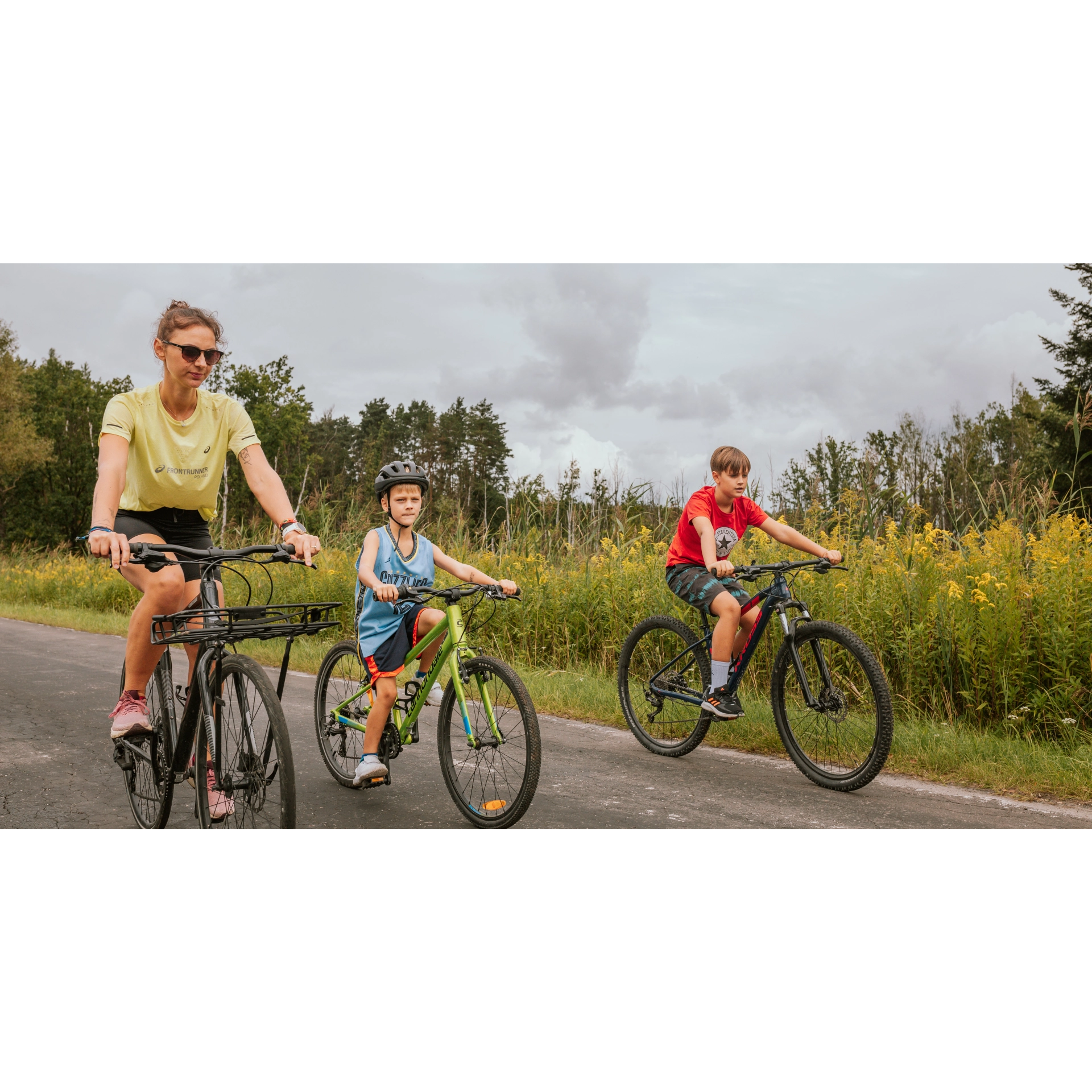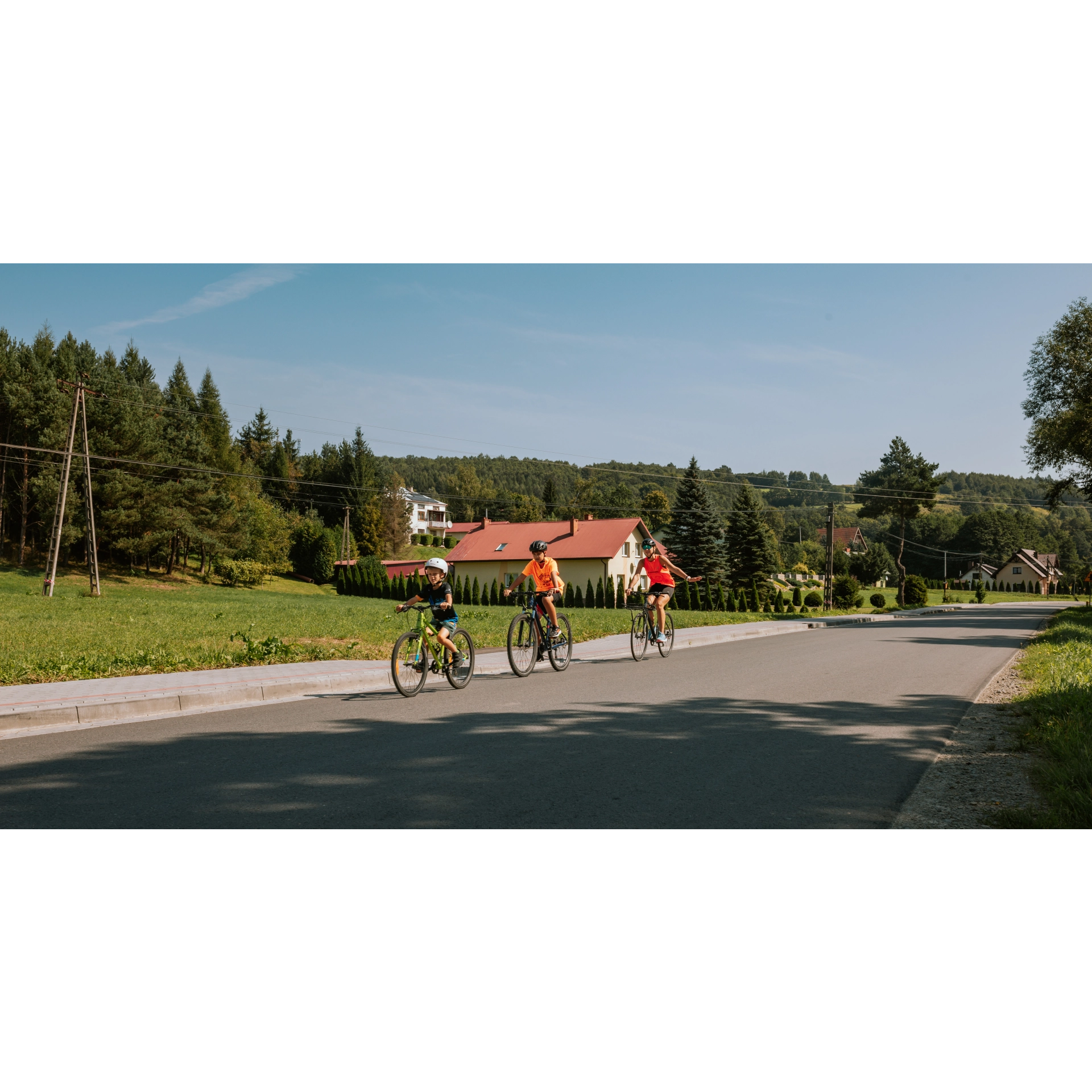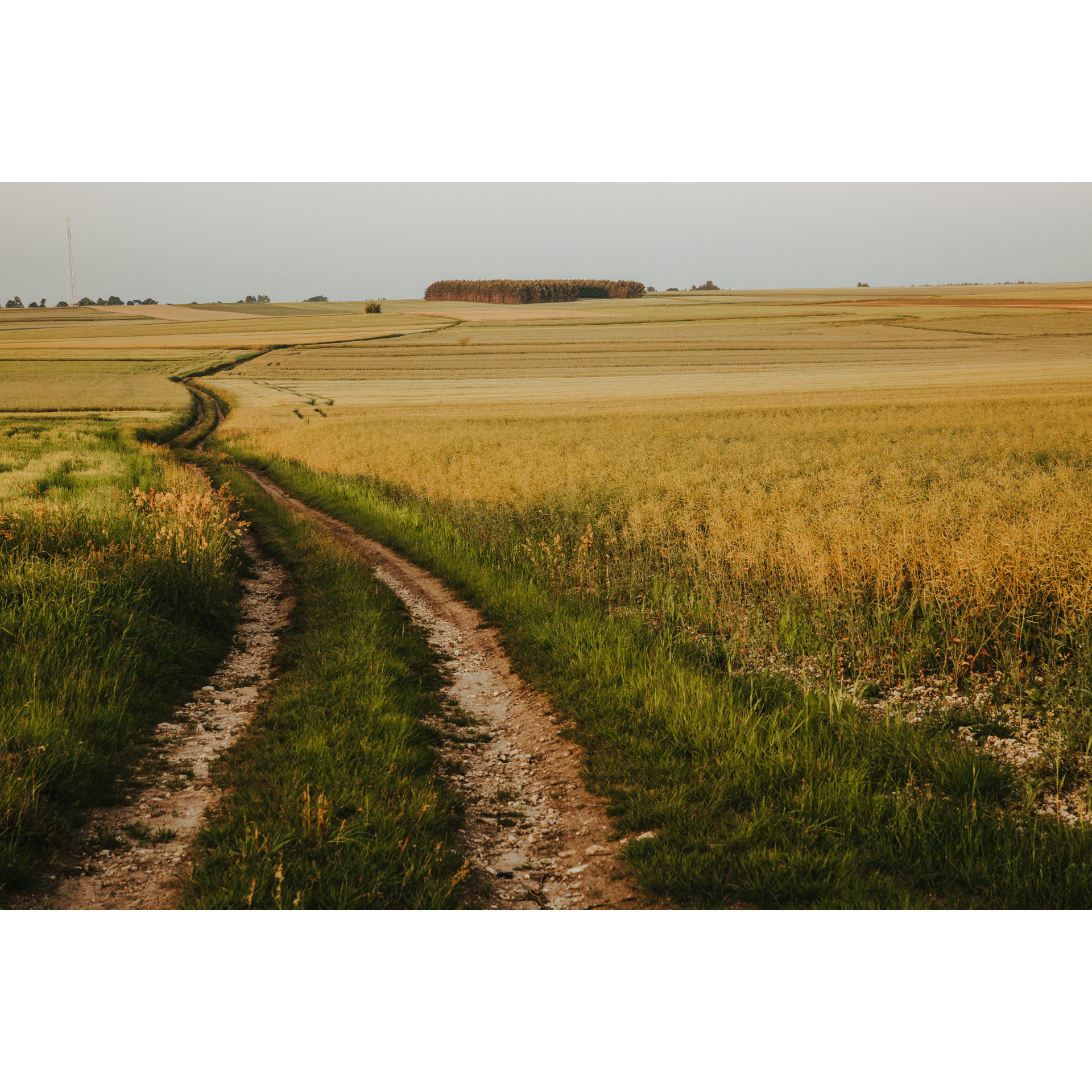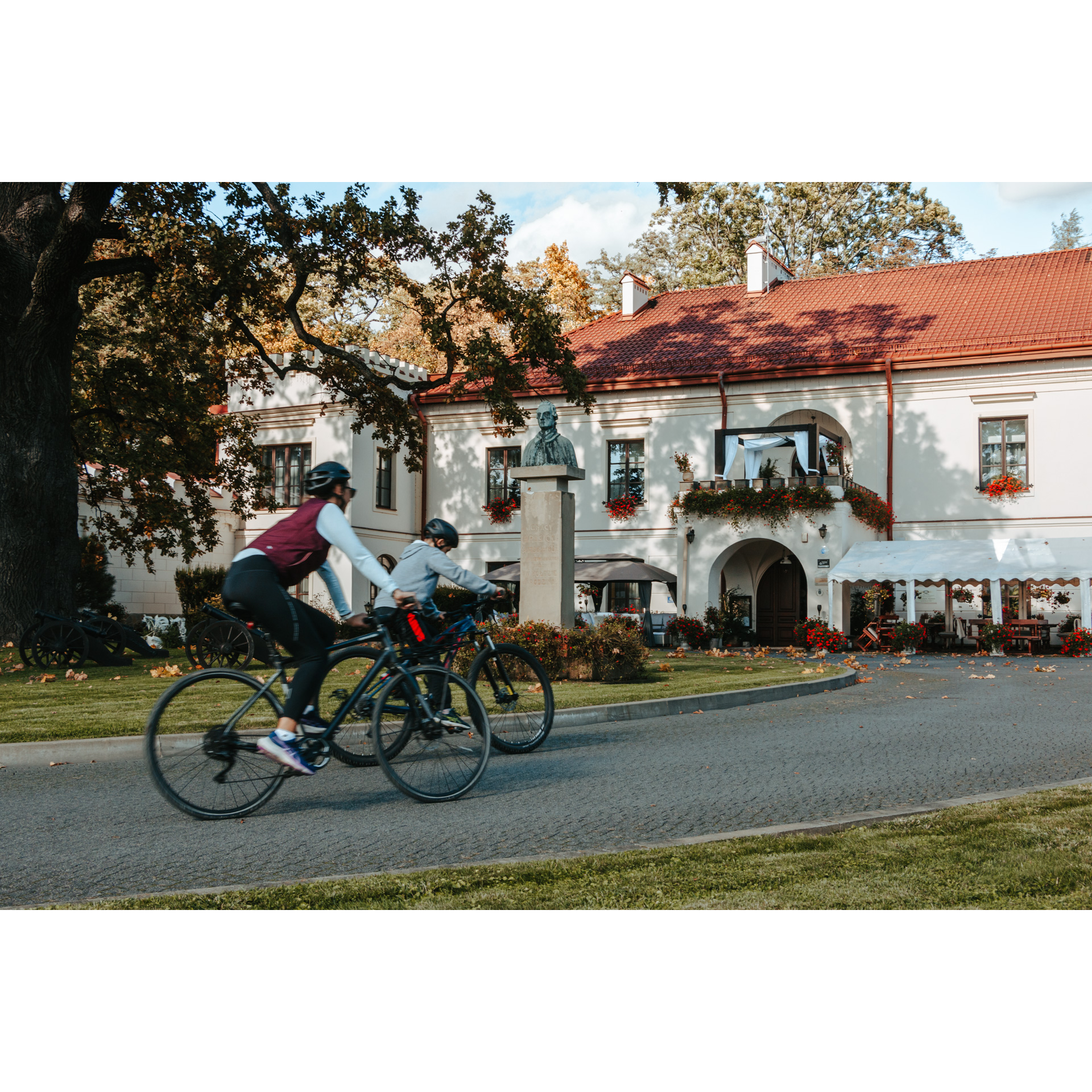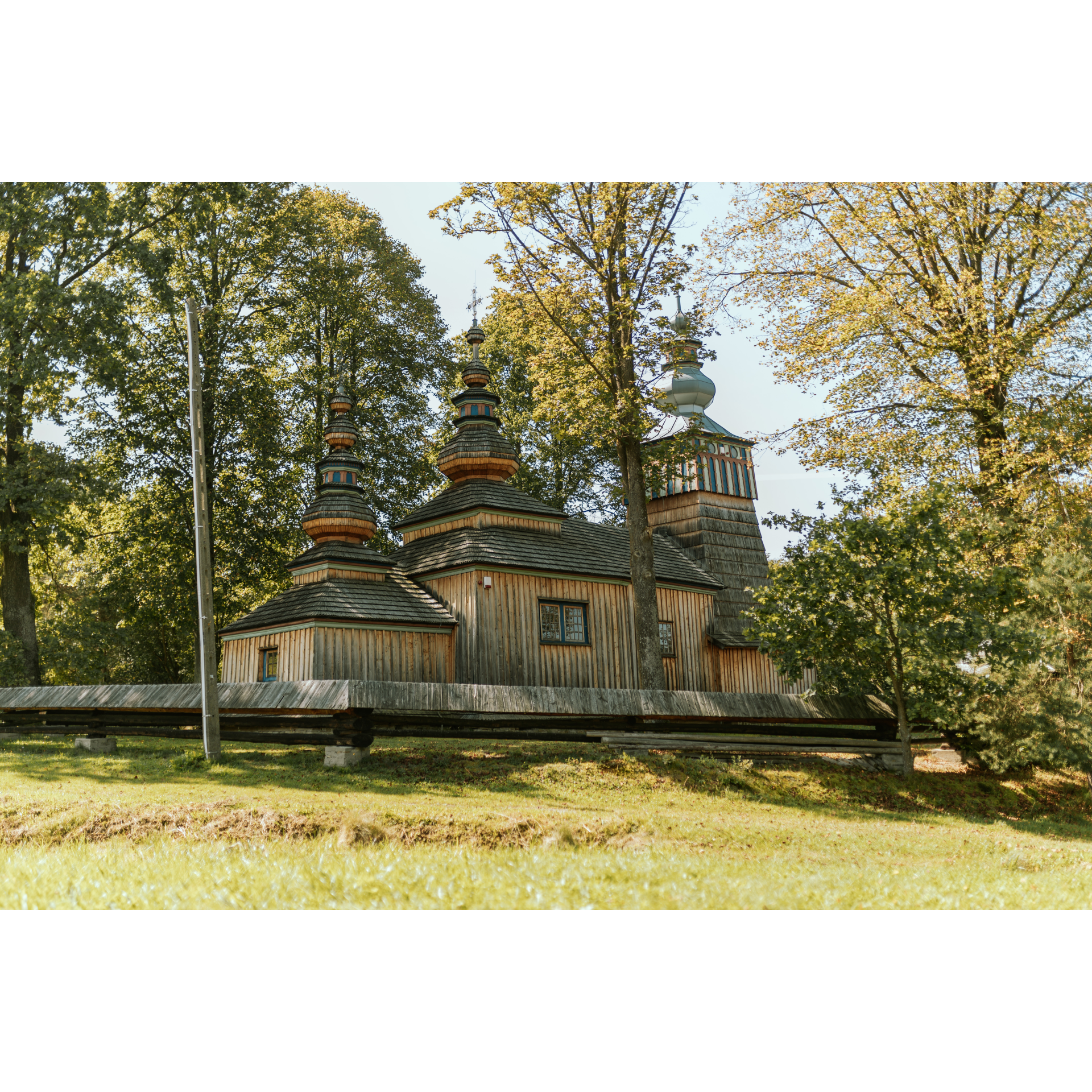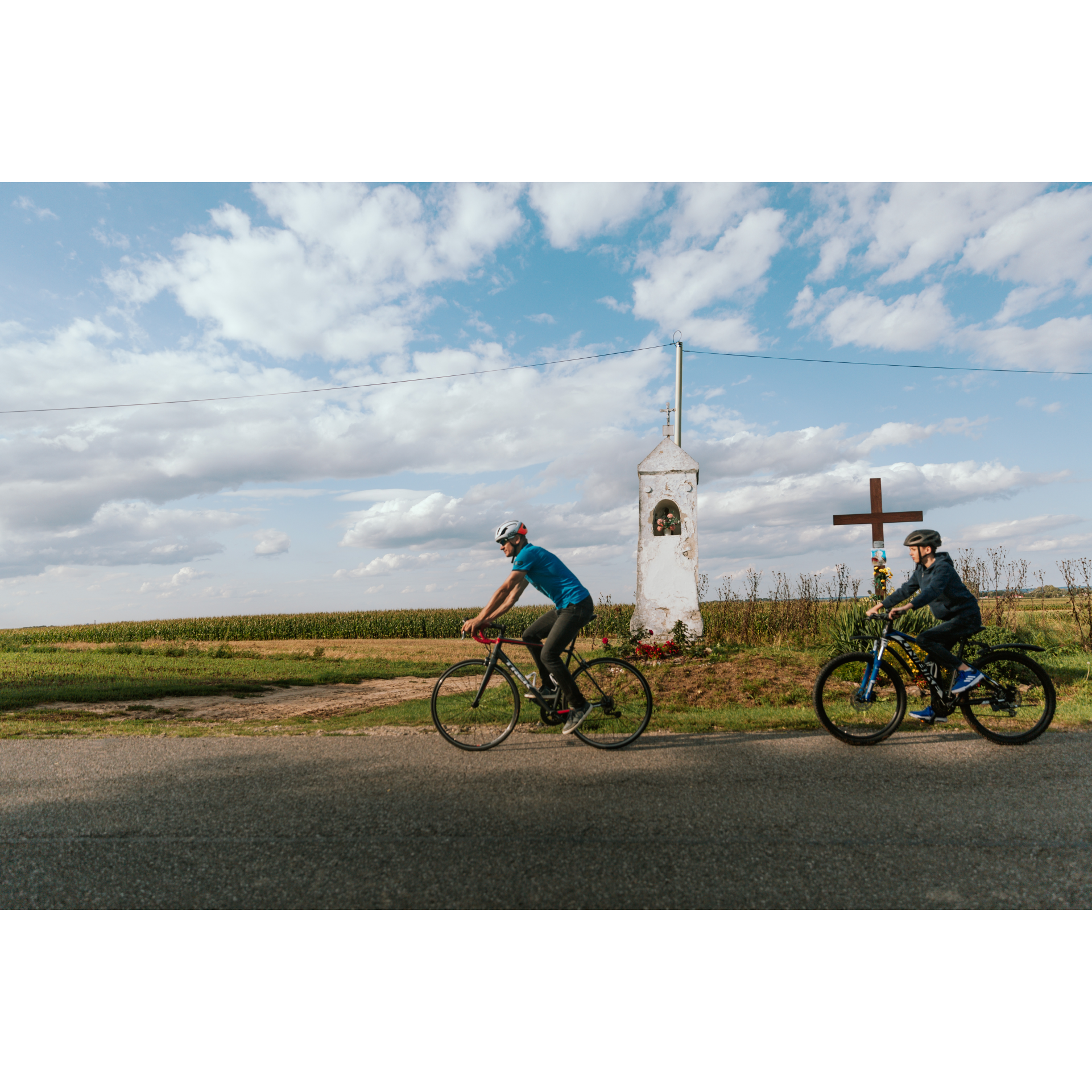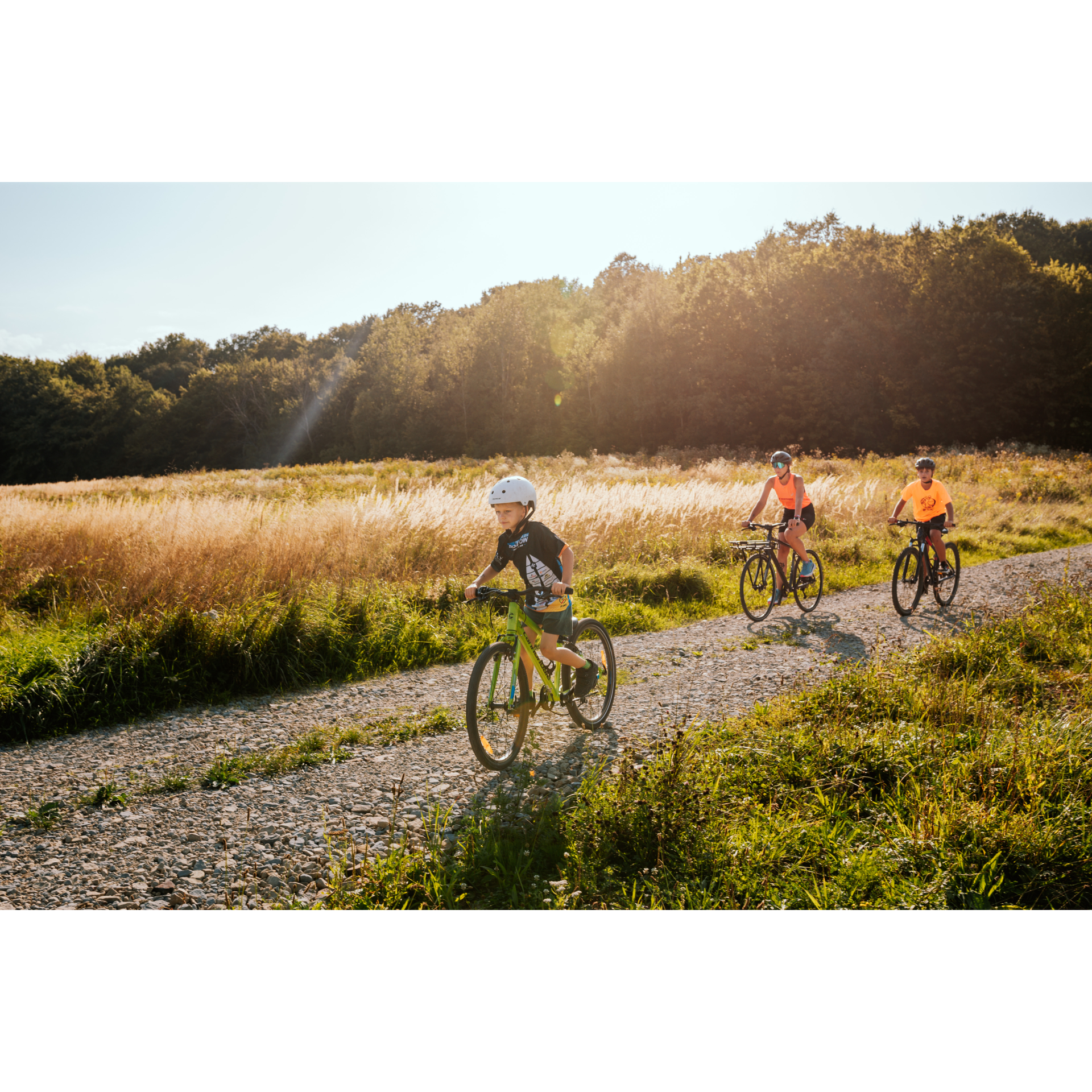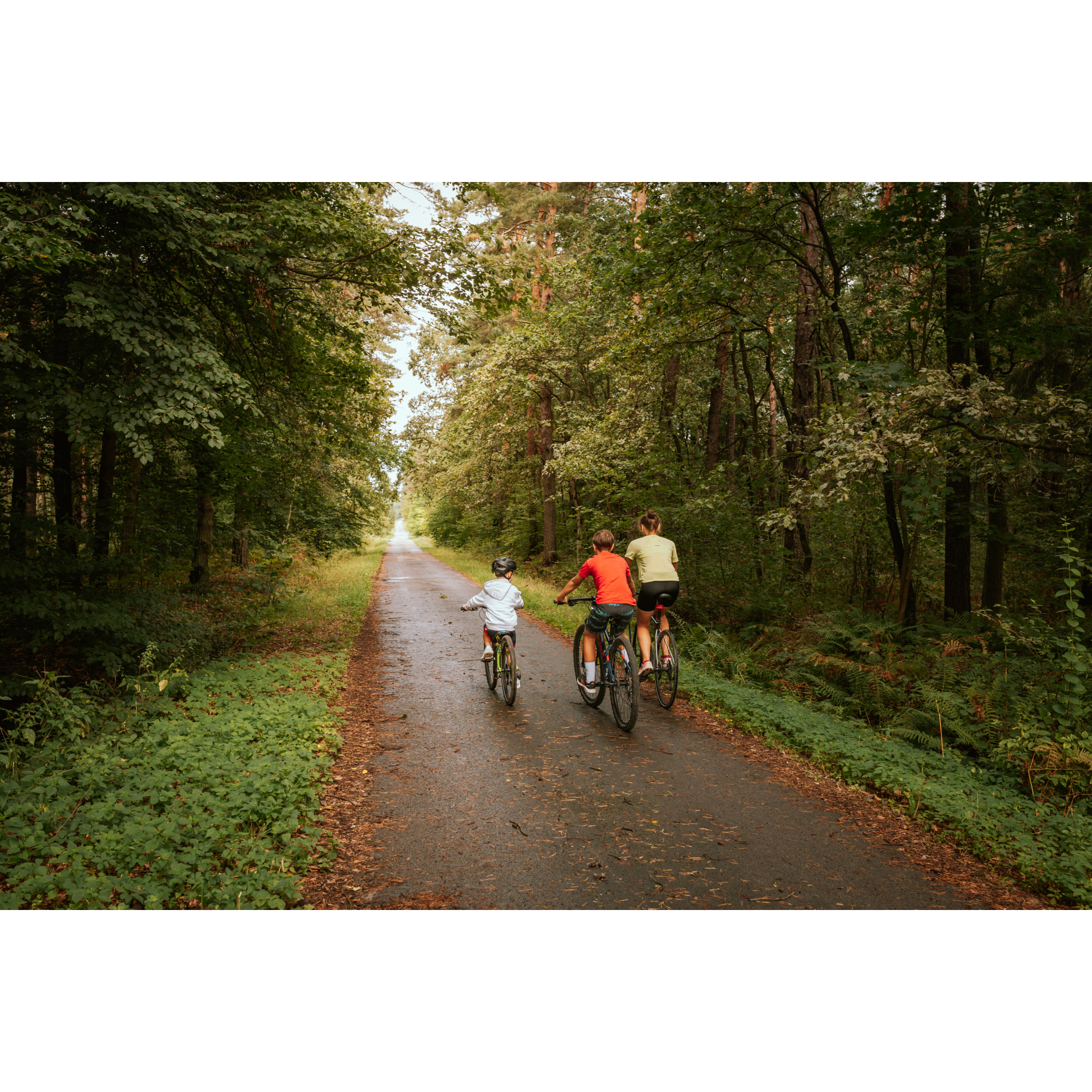
Bad Weather on the Route – How to Cope?
Bad Weather on the Route – How to Cope?
Most of Podkarpackie consists of mountainous areas, meaning the weather here is much more unpredictable than in lowland regions. This note applies primarily to the Bieszczady and Beskid hills, where rain, fog, and sudden coolings are interspersed with periods of heatwaves and beautiful weather. When going on a bicycle trip, one must also be prepared for this.
Information – the key to Success
It is rather obvious, but it is worth reminding that the weather forecast is the basis for planning a bicycle trip. Although meteorologists are not always entirely right everywhere and always, it is better to be discouraged and not go for fear of a storm than to head straight into its midst, believing that the nice lady on TV was wrong because, after all, bright sunshine is over your house. Well, it shines over your house, but a dozen or so kilometres further, it may already be gathering for a considerable storm! So, in short - it is better not to leave and regret it than to leave and get sick. It would be a pity if a pleasant trip suddenly turned into two weeks of medical leave and several visits to the pharmacy.
Rain jacket – the basis of protection
A prepared person is one who is not surprised in any situation. Even a several-kilometre trip in the immediate vicinity of your place of residence can end poorly if you take a few basic accessories with you. Besides a wheel key and a tyre patch, It is worth having a rain jacket or at least a raincoat with you. Small, disposable models from popular drugstores take up no more space than a packet of keys, yet they can save you from a runny nose and a cold. If you ride with a backpack or panniers, the situation is even better – you can take, and we recommend this wholeheartedly, a regular coat. After all, it may also come in handy when there is no rain, even as a picnic blanket.
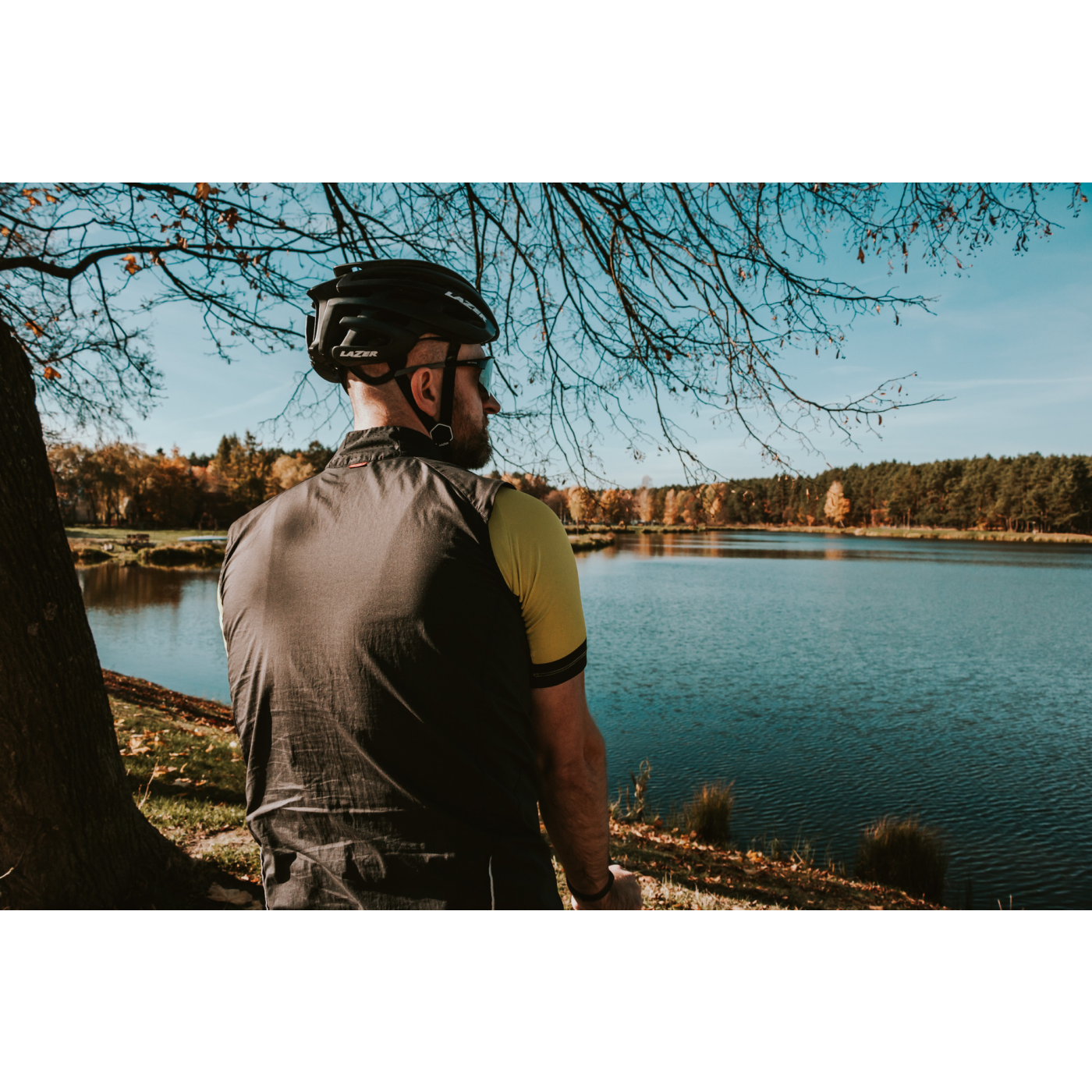
Layering Up
If, despite weather warnings, you want to go, believing in your lucky star, dress in layers. This way, you will protect yourself against most temperatures and easily adjust to their changes. It is better to wear several layers of thin clothing than one or two thicker ones. For thermal comfort, for example, a set of a t-shirt, thin sweatshirt, and jacket will suffice. When dressing this way, take a backpack to store unnecessary clothing items if needed. Tying them around your waist can result in the material being destroyed by the rear wheel or splashed with water mixed with oils and other street dirt, and tying around your neck is simply uncomfortable.
Bicycle Equipment
In case of bad weather, two more things are useful. The first, of course, are mudguards, which will protect you from getting soaked and dirtied by whatever is on the road. The second is a waterproof cover for your navigation system, speedometer, or mobile phone (alternatively, you can purchase devices with a higher waterproof rating). You will then be sure that your electronics will last the entire route and assist you on your way home or in unexpected situations.
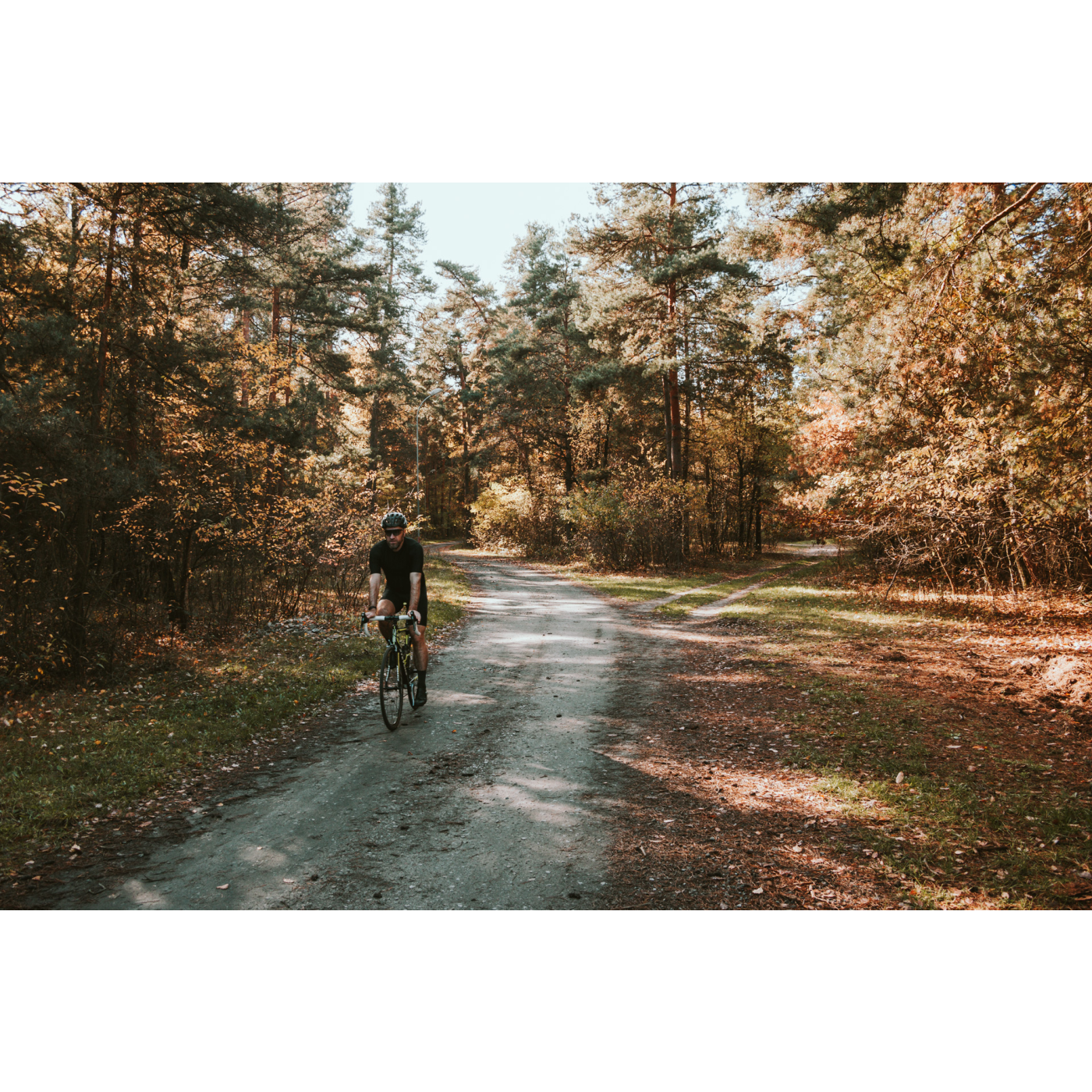
Plan B
It may be that the weather change comes suddenly. What to do then? Common sense, of course, suggests seeking shelter. On the other hand, It is uncertain how long the rainfall will last and how long you can afford to wait, even at a bus stop. In such a situation, It is worth knowing - at least approximately - the location of catering or accommodation points along the route, to get there, dry off, and eat something. Or perhaps there is an interesting museum nearby that you can visit to spend this time more interestingly than studying the PKS timetable?

